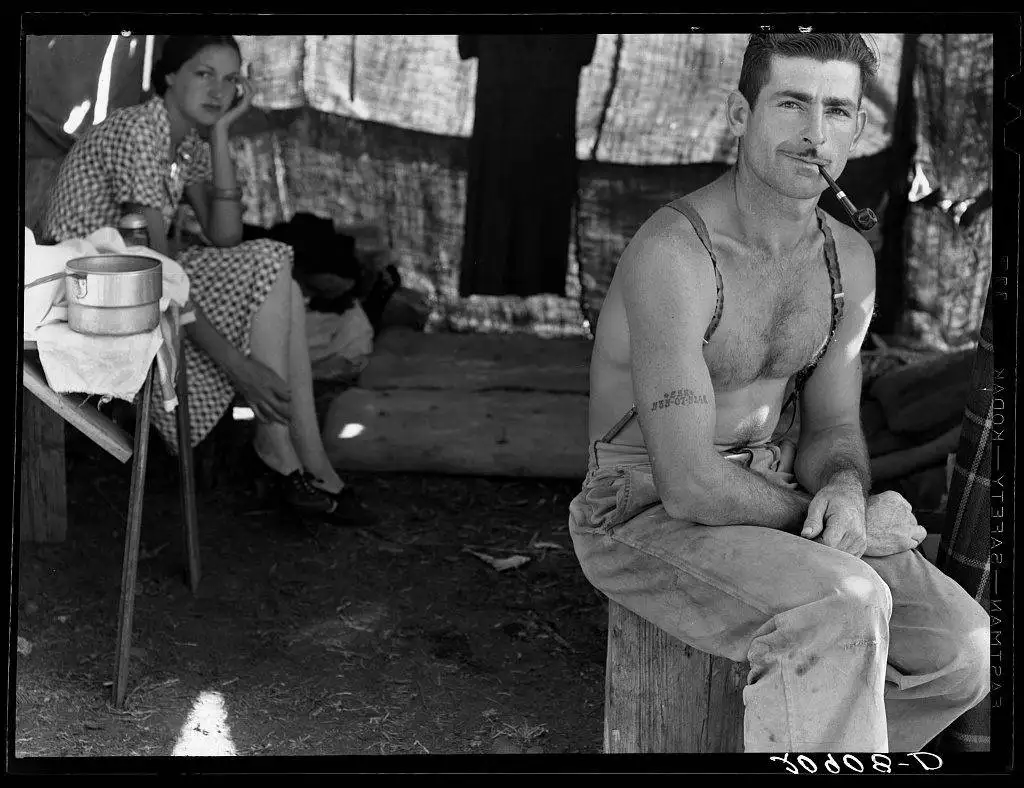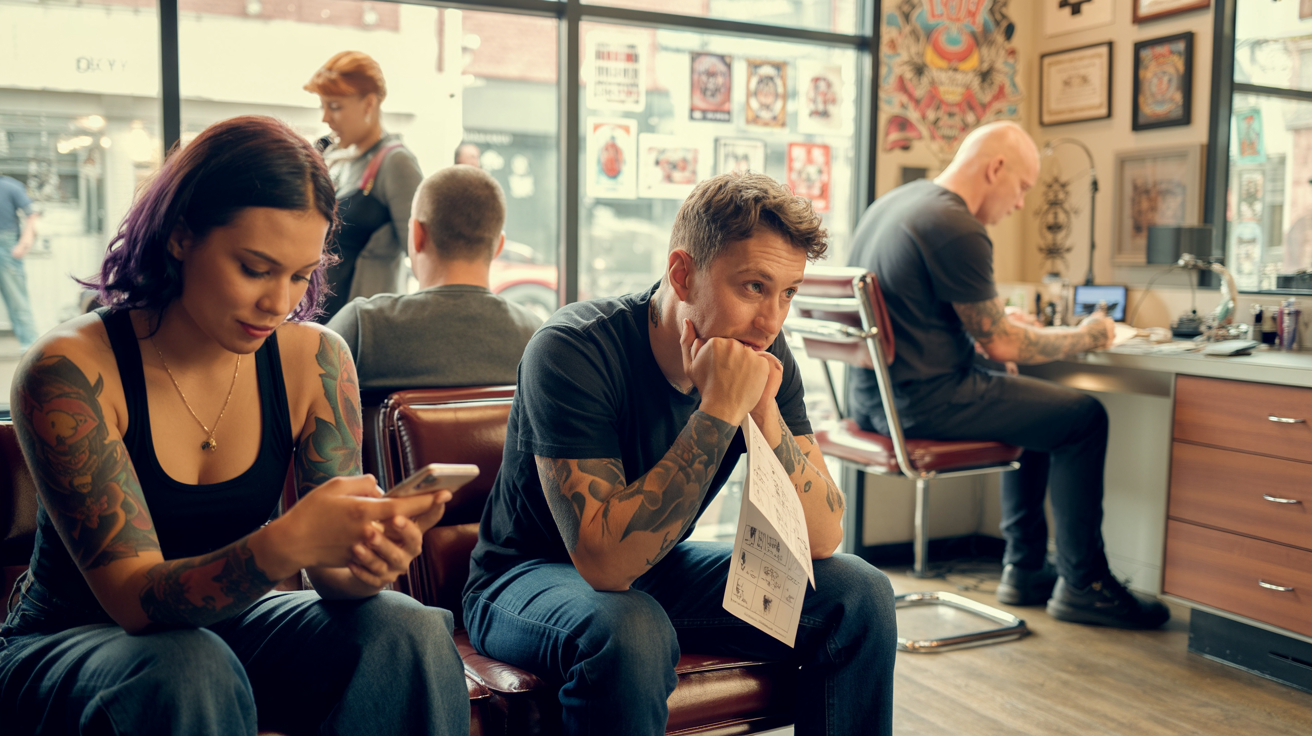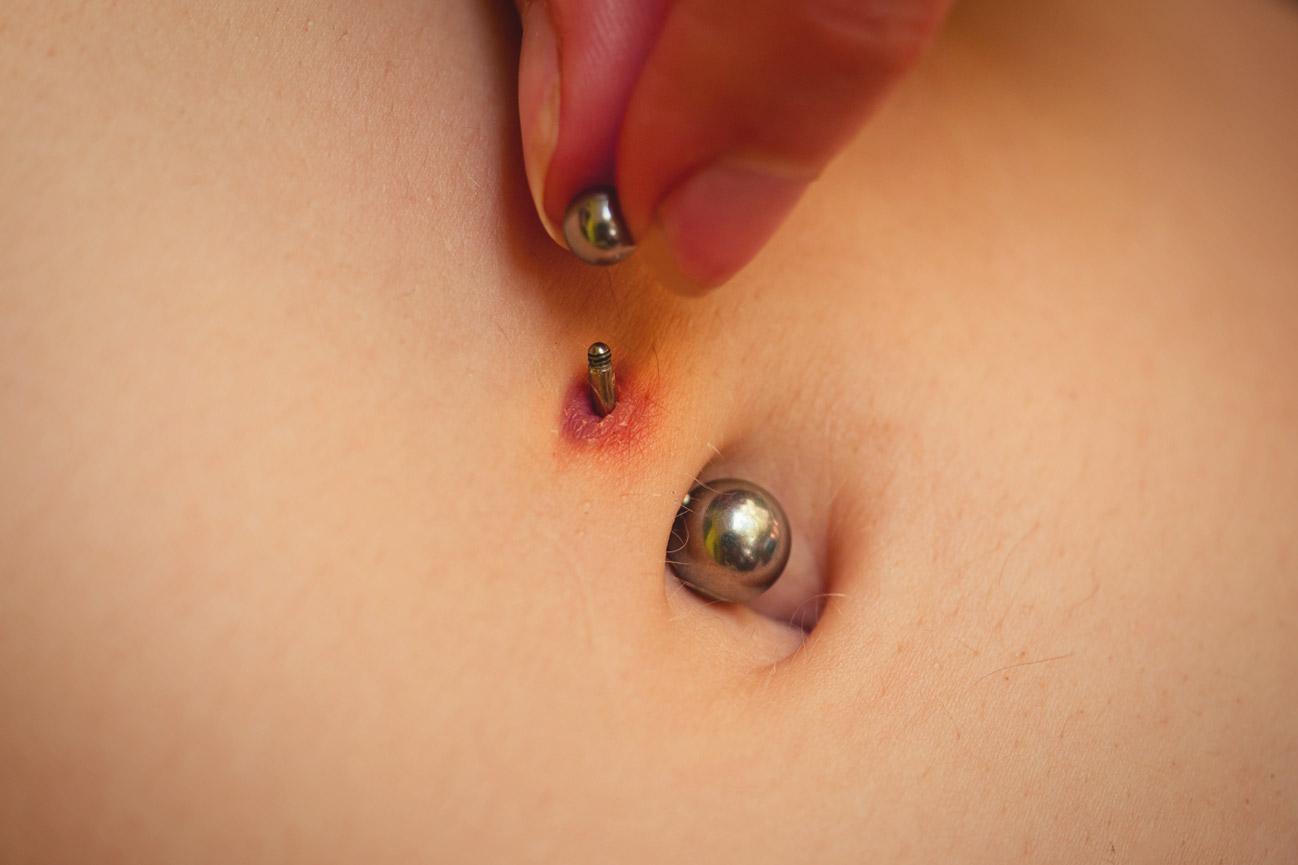1. The first electric tattoo machine was based off an invention by Thomas Edison. Artists had often experimented with different machines, but Samuel F. O’Reilly patented the first electric tattoo machine in 1891 after garnering inspiration from Edison’s autographic printing pen. The electric pen was a failure, but its rotary technology made for a successful tattoo machine.
2. When social security cards first appeared in the 1930s, the administration warned people not to carry them because they could become worn or lost, so many Americans chose to tattoo the number on their bodies. There were even advertisements by tattoo artists warning people they might forget their number if they didn’t.
3. Similarly, in the 1950s, the Assistant Secretary of Defense encouraged the public to get tattoos of their blood type on their bodies. This would enable fast transfusions in the case of an atomic attack; even schoolchildren were tattooed. The blood-type tattoo trend was ultimately short-lived because physicians didn’t trust tattoos for medical information.
4. The first person to ever have a tongue tattoo was a Hawaiian Queen. In the 1820s, Queen Kamāmalu of Hawaii got the tattoo to express her grief after the loss of her mother-in-law. When asked if she was in pain she responded, “He eha nui no, he nui roa ra ku‘u aroha,” which translates to “Great pain indeed, greater is my affection.”
5. The first white woman in the U.S. to have a tattoo became famous for it. Olive Oatman was adopted by Mohave Indians after her family was killed in the 1850s. She was given a traditional tribal tattoo on her chin, and became a celebrity for the markings after being ransomed at age 19.
Picture credit: Dorothea Lange




